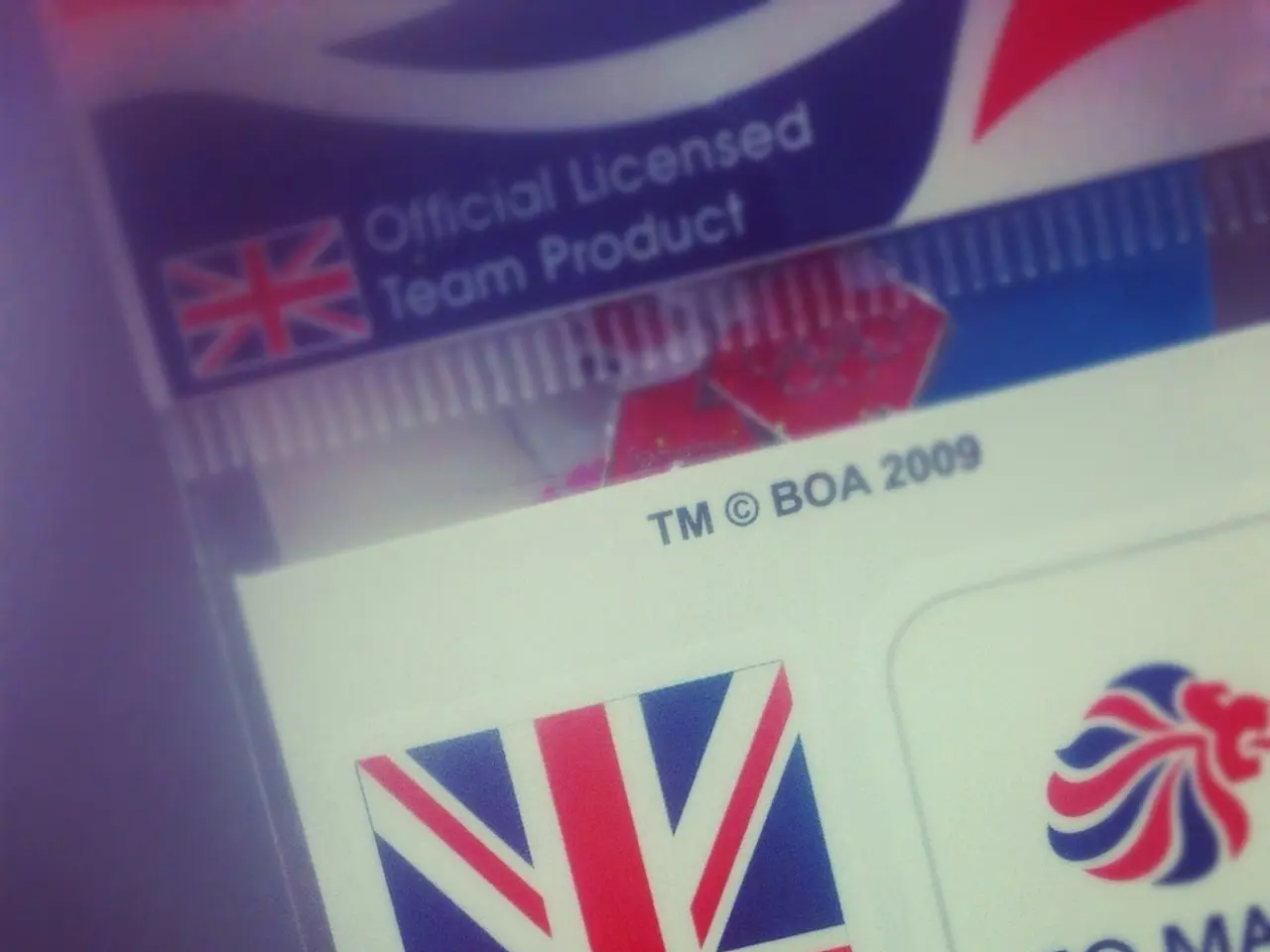Steps for Becoming a Fingerprint Analyst
In the world of forensic science, latent print examiners play a crucial role in linking suspects to crime scenes or victims through the analysis of fingerprint evidence. These specialists are responsible for identifying, analyzing, processing, and comparing fingerprint evidence collected from crime scenes to aid in criminal investigations.
### The Role and Responsibilities of Latent Print Examiners
The primary responsibility of latent print examiners is to process latent fingerprints from evidence at crime scenes, compare them against databases such as the FBI’s Integrated Automated Fingerprint Identification System (IAFIS) and known prints, document their findings, and prepare detailed reports. They may also be required to testify in court as expert witnesses to explain their analyses and conclusions.
Handling evidence carefully, including intake, preservation, and maintaining the chain of custody, is another essential aspect of their work.
### Necessary Skills for Latent Print Examiners
A strong scientific background, typically requiring at least a bachelor's degree in a science field, is a prerequisite for this role. Attention to detail, analytical and critical thinking skills, communication skills, technical proficiency, and the ability to collaborate with other forensic scientists, crime scene investigators, and law enforcement personnel are also essential.
Certification and continuing education are crucial for latent print examiners, who often obtain professional certification through organisations like the International Association for Identification (IAI).
### Becoming a Fingerprint Examiner
To become a fingerprint examiner, one typically needs a bachelor's degree in forensic science or a related field, with courses in criminal justice, biological sciences, chemistry, math, genetics, criminalistics, physics, and math. A good background in the operation of the Integrated Automated Fingerprint Identification System (IAFIS) is also necessary.
Fingerprint examiners may need to complete additional courses such as Comparing and Classifying Fingerprints for Tenprint Examiners, Data to Support the Fingerprints from the FBI, Scientific Basics of Fingerprints, and the FBI Fingerprint Examiner Training Program.
### The Work Environment and Salary of Fingerprint Examiners
Fingerprint examiners work in a lab setting, the field at crime scenes, or a combination of the two, often putting in 40 hours per week during regular business hours, but may need to work weekends or evenings when required.
The salary paid to a forensic fingerprint analyst varies depending on their level of education, experience, region, industry, and demand in the job market.
### The Future Outlook for Latent Print Examiners
According to the U.S. Bureau of Labor Statistics, the job outlook for a forensic fingerprint analyst is expected to grow by 14% from 2019 to 2029. This growth is driven by the increasing demand for forensic services in criminal investigations.
In conclusion, a career as a latent print examiner requires a strong scientific foundation, meticulous attention to detail, technical expertise in fingerprint analysis systems, and excellent communication skills to contribute effectively to forensic investigations and legal proceedings.
- Forensic experts, such as latent print examiners, are instrumental in criminal law investigations, utilizing forensic science to link suspects to crime scenes or victims through fingerprint analysis.
- Their primary responsibilities include processing latent fingerprints from crime scenes, comparing them against databases like the FBI’s IAFIS, documenting their findings, and preparing detailed reports for court.
- Necessary skills for latent print examiners include a strong scientific background, attention to detail, analytical thinking, communication skills, technical proficiency, and the ability to collaborate with other professionals in health-and-wellness, fitness-and-exercise, technology, education-and-self-development, general-news, and crime-and-justice fields.
- For those seeking to become fingerprint examiners, a bachelor’s degree in forensic science or a related field is typically required, accompanied by courses in criminal justice, biological sciences, chemistry, math, genetics, criminalistics, physics, and math, along with a good background in the operation of the IAFIS.
- Fingerprint examiners work in a lab setting, the field at crime scenes, or a combination of both, often putting in regular business hours but potentially needing to work weekends or evenings, and their salary varies based on education, experience, region, industry, and job market demand.
- The job outlook for forensic fingerprint analysts is expected to grow by 14% from 2019 to 2029, driven by the increasing demand for forensic services in criminal investigations.




